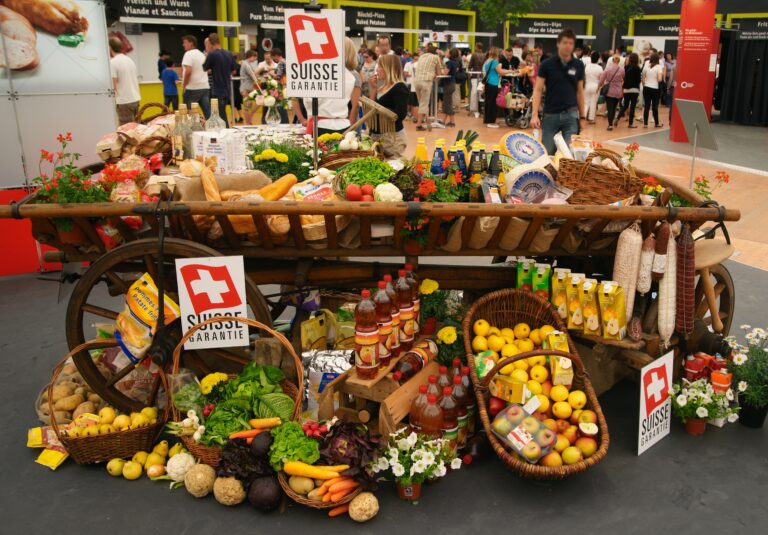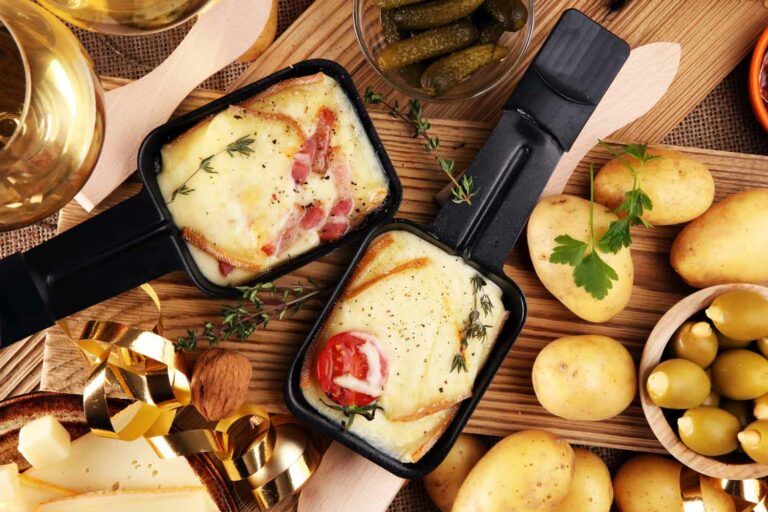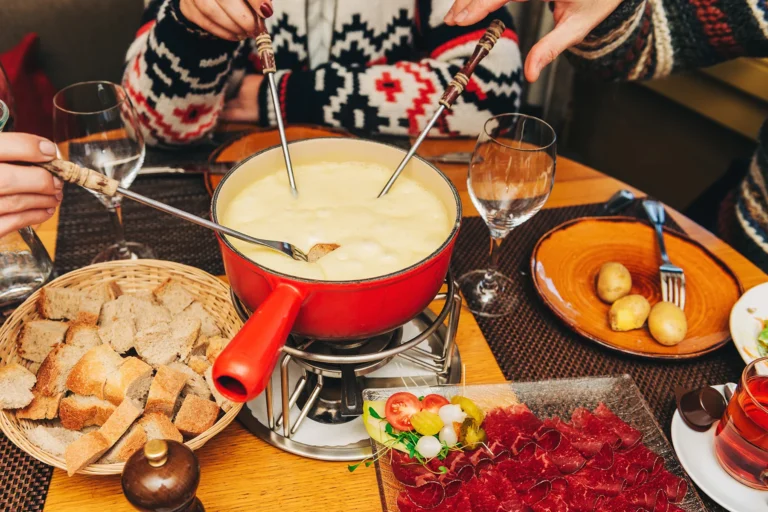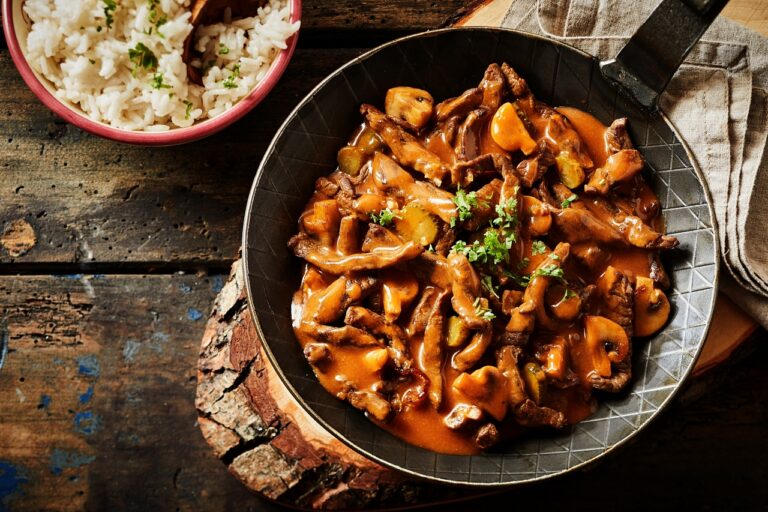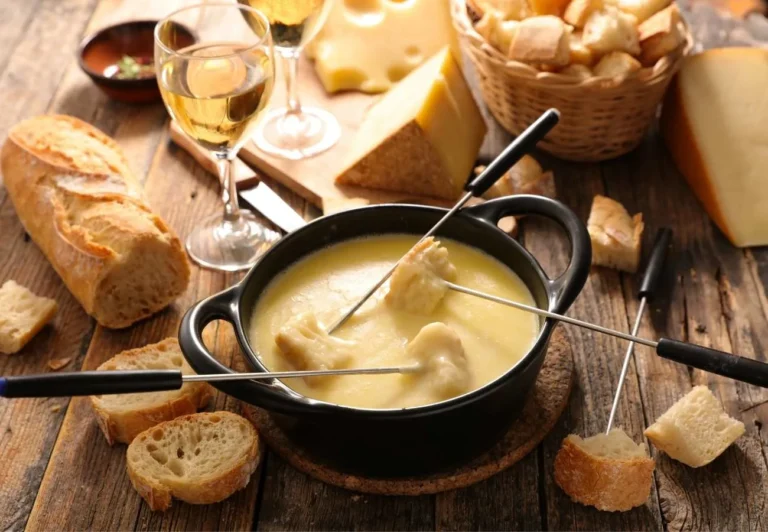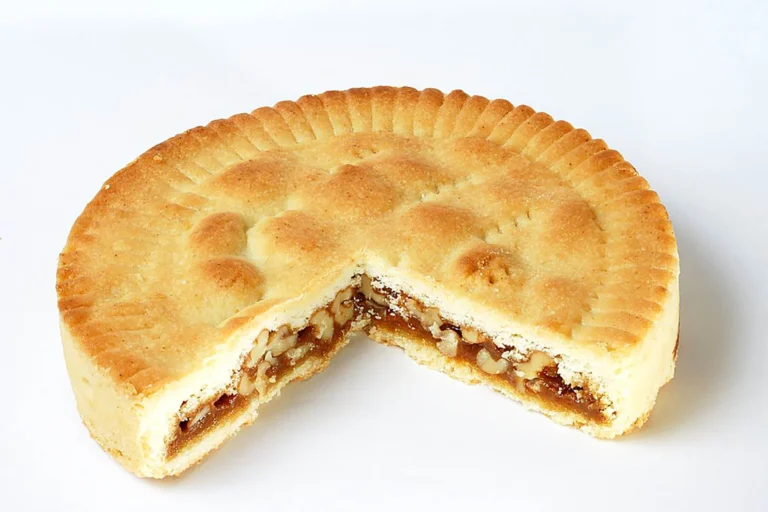Introduction: Swiss Cuisine
Swiss cuisine is a rich blend of various culinary influences from neighboring countries, as well as homegrown traditions. The country is known for its cheese, chocolate, and delicious dairy products such as butter and cream. Swiss cuisine is characterized by its simplicity, natural flavors, and an emphasis on quality ingredients.
The Alps & Swiss Culture
The Swiss Alps are an integral part of Swiss culture and have significantly influenced its cuisine. The Alpine region of Switzerland is home to a variety of herbs, berries, and mushrooms that have been used in traditional Swiss dishes for centuries. The mountainous terrain also makes it challenging to transport food, leading to the development of specific cooking techniques and preservation methods.
Traditional Swiss Dishes
Traditional Swiss dishes include fondue, raclette, and rosti, which are all famous outside the country. Fondue is a melted cheese dish served with bread cubes that are dipped into a communal pot. Raclette is melted cheese served with boiled potatoes, pickled onions, and gherkins. Rosti is a crispy potato dish that is popular for breakfast. Switzerland is also known for its delicious chocolate, which is enjoyed around the world.
Influences of Alpine Cuisine
The Alpine region of Switzerland has a significant influence on Swiss cuisine. The use of fresh herbs such as thyme, rosemary, and sage is prevalent in Swiss dishes. Alpine berries such as cranberries, blueberries, and raspberries are also used in traditional dishes. The Alpine climate also makes it ideal for rearing cattle, which provides Swiss cuisine with high-quality meat products.
Swiss Dishes with Alpine Flair
Swiss cuisine with Alpine influences includes dishes such as Alplermagronen, which is a hearty pasta dish made with potatoes, macaroni, cheese, onions, and cream. Another dish is Cholera, a pastry dish made with potatoes, cheese, and onions. Swiss Birchermüesli is a popular breakfast dish made with rolled oats, yogurt, nuts, and fresh fruit.
Conclusion: The Fusion of Swiss & Alpine Cuisine
Swiss cuisine has a unique blend of influences from neighboring countries and its own traditions. The Alpine region of Switzerland has significantly influenced Swiss cuisine through the use of fresh herbs, berries, and meat products. Swiss dishes with Alpine influences offer a hearty and flavorful dining experience that is enjoyed around the world. The fusion of Swiss and Alpine cuisine has led to some of the most delicious and beloved dishes in the world.


